|
|
|||
|
For our July Enak!, we had a small but enthusiastic group of 10 people, including our youngest Enakker (Elena and Yang's baby daughter).
We met at Restoran Hor Poh Cuisine, a Hakka restaurant which was recommended to me by a good Malaysian friend. I must admit that without his recommendation, I would never have found this little restaurant which, I discovered later, is well known for its Lei Cha.
|
|||
 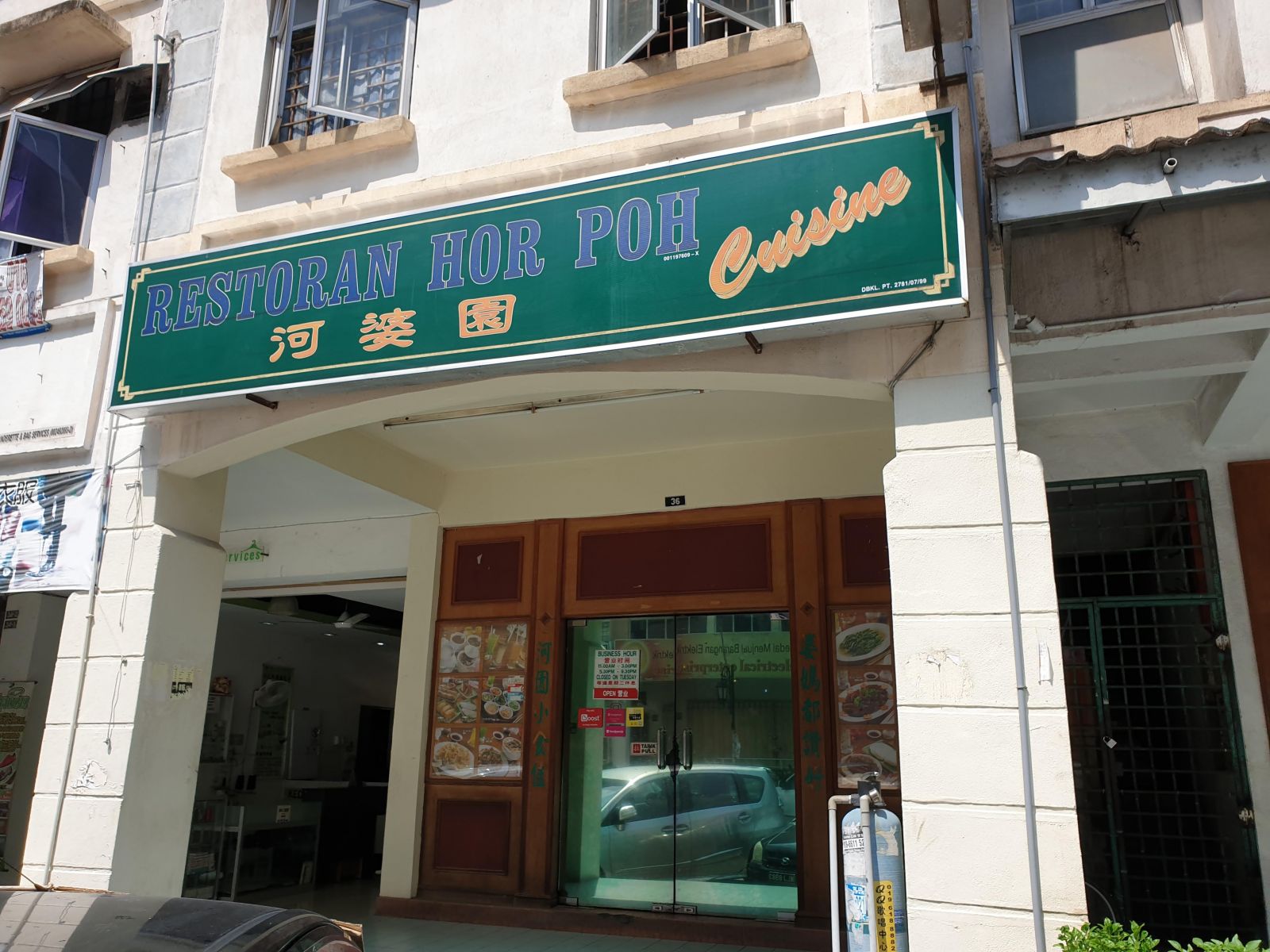 |
 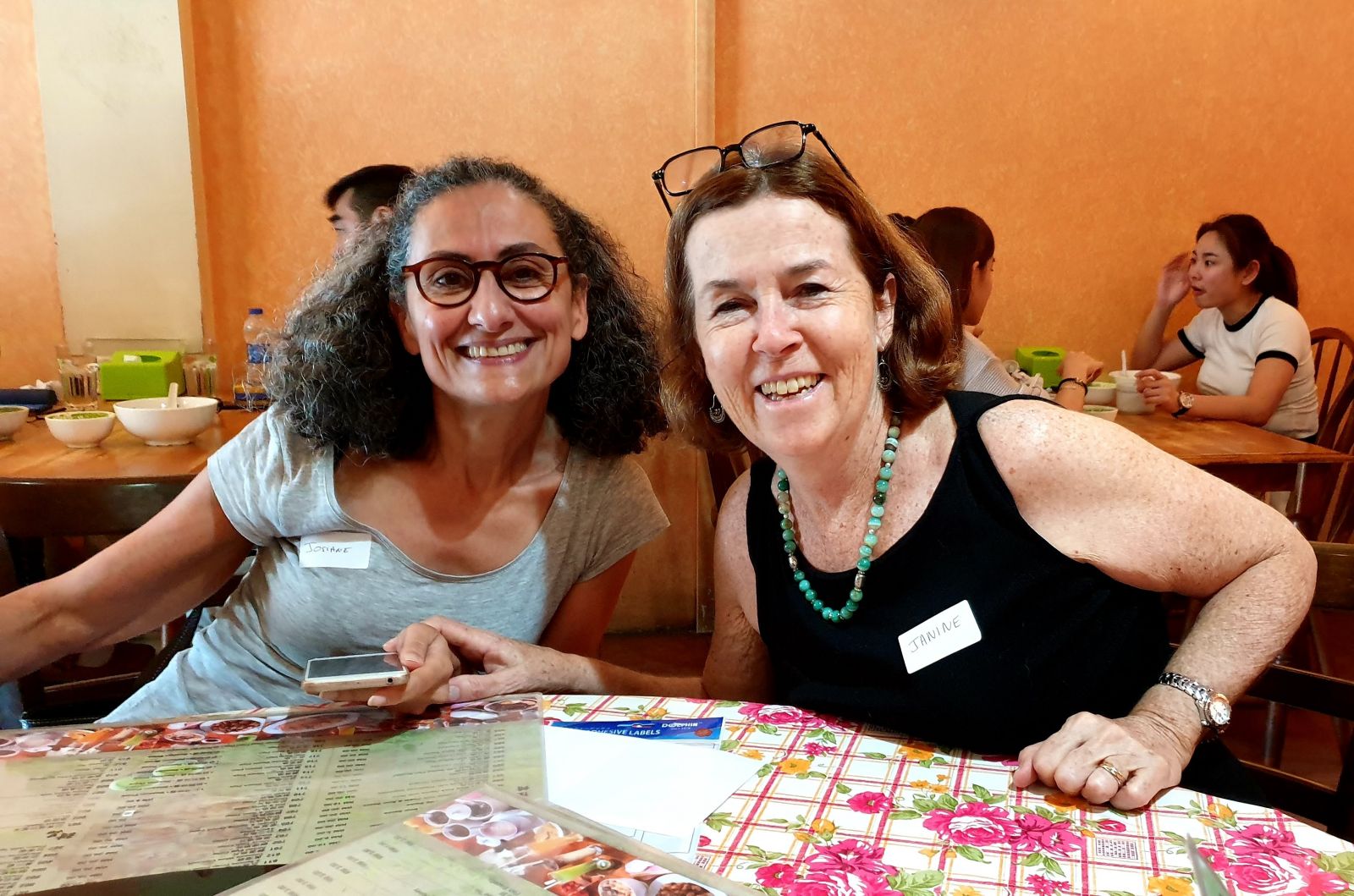 |
  |
|
|
The restaurant has not changed the menu since it opened in 1999. It offers a wide variety of Hakka dishes, including a selection of vegetarian and non-vegetarian options that are worth trying. It boasts unique and interesting flavors that are difficult to replicate in our own kitchens!
Hakka dishes can be described in 3 main flavours: Salty, Fatty and Fragrant and 3 cooking modes: Stewed, Fried or Braised.
In addition to Lei Cha, which is the specialty, we had fun trying some other typical Hakka dishes. Here is a brief description of our menu.
|
|||
|
Lei Cha: translated as Pounded Tea Rice or Thunder Tea Rice (due to the loud noise produced when compressing ingredients). It is one of Hakka's most famous and healthy traditional dishes. Lei Cha is of high nutritional value and claims many health benefits, including lowering cholesterol, boosting the immune system, expelling wind and body gases, eliminating organic and liquid waste, fighting flu and headaches, maintaining youth and improving health and beauty.
|
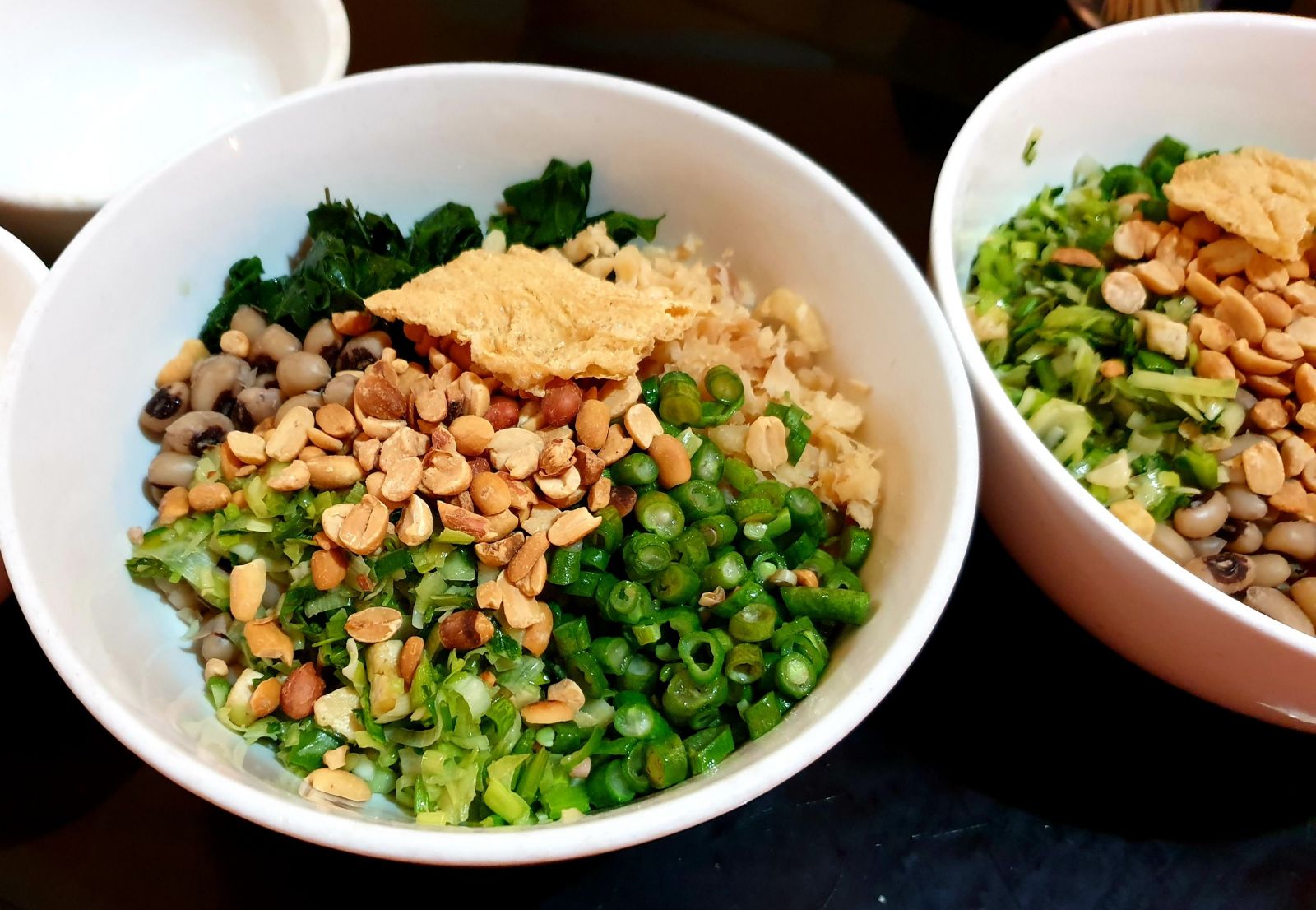  |
||
| Yam Buttons: or “ Sim Phoon Chee”, translated as abacus seeds. This dish is made of mashed Yam and Tapioca rolled evenly to form a dough. The dough is then kneaded and split into small rounded pieces slightly pressed in the middle. They are cooked in boiling water and sieved out. They are then mixed with fish sauce, shrimp, minced meat, mushrooms and black fungus.The doughy balls look like the beads of an abacus (an ancient counting tool) hence the dish’s unusual name. |   |
||
|
Braised Pork with Preserved Vegetable: This dish is composed of lean and fat pork with preserved vegetables. It is marinated with 5 spice powder and soy sauce. The pork is braised with preserved vegetable. It is served paired up with “Mantou” or steamed buns.
|
 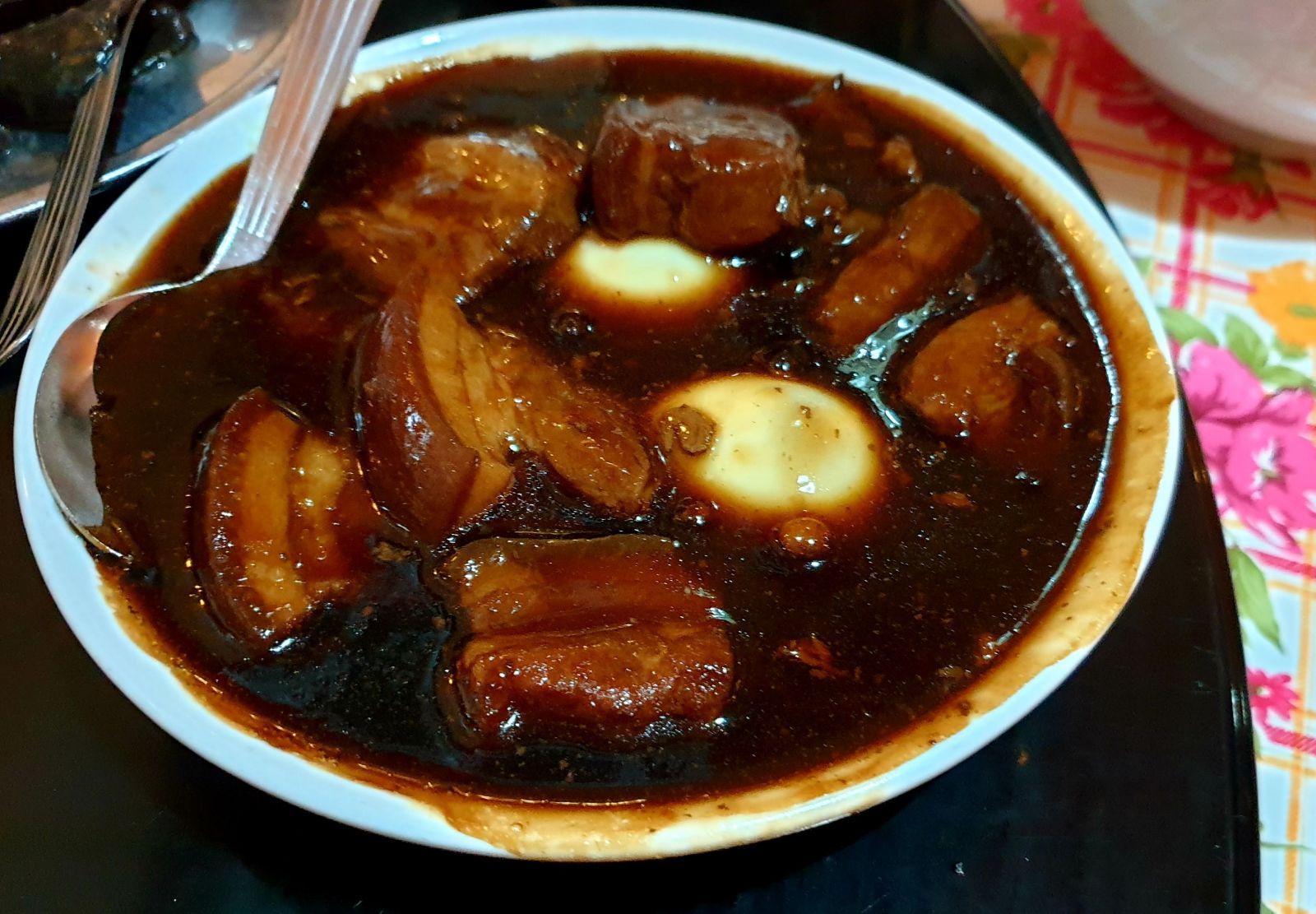 |
 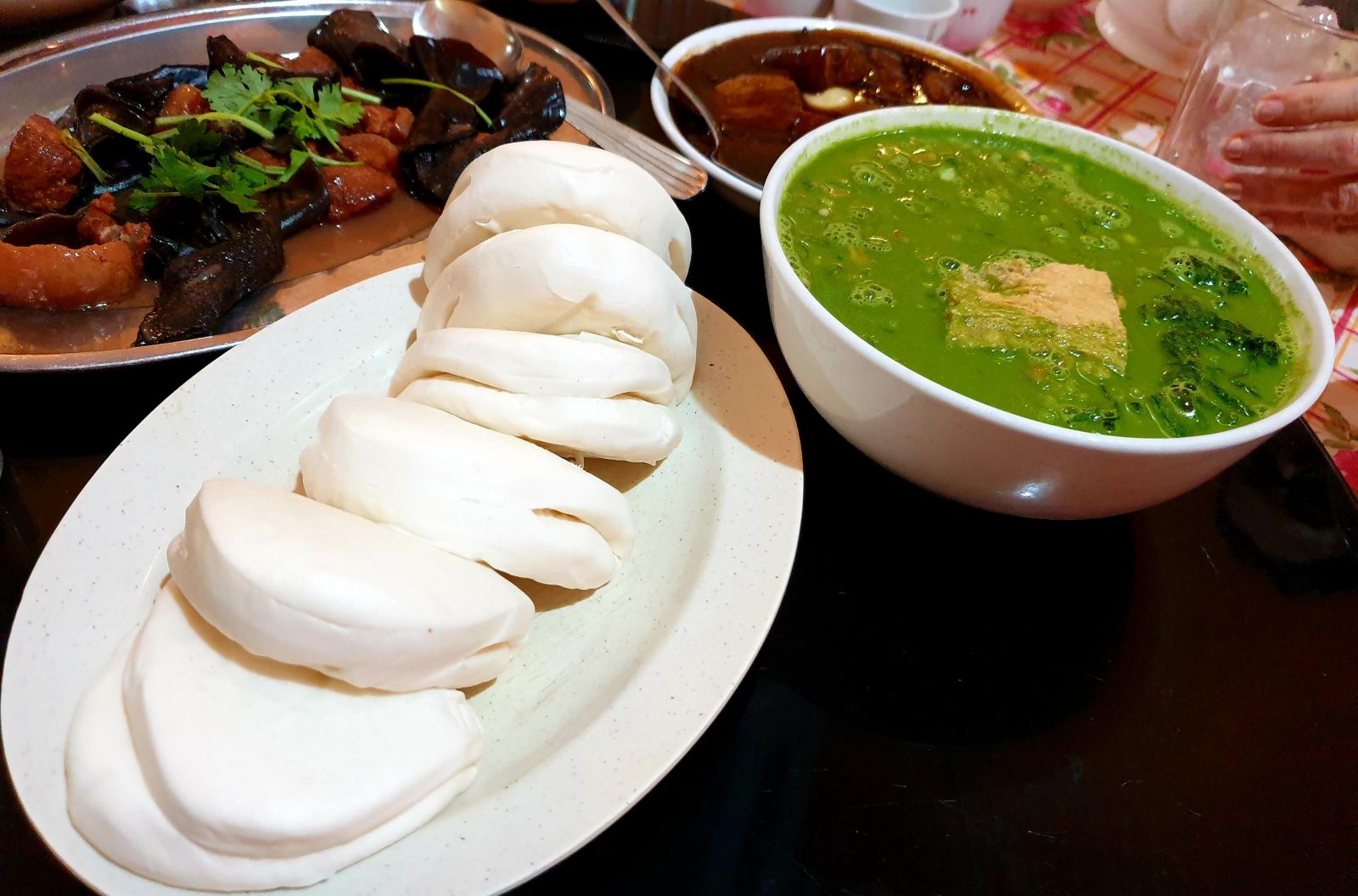 |
|
| Hakka Braised Pork Belly with Black Fungus: A lean and fat piece of pork belly is fried till golden brown and crispy. After adding the black fungus, the dish is slow cooked for at least 1 hour so that it becomes soft and flavourful. |  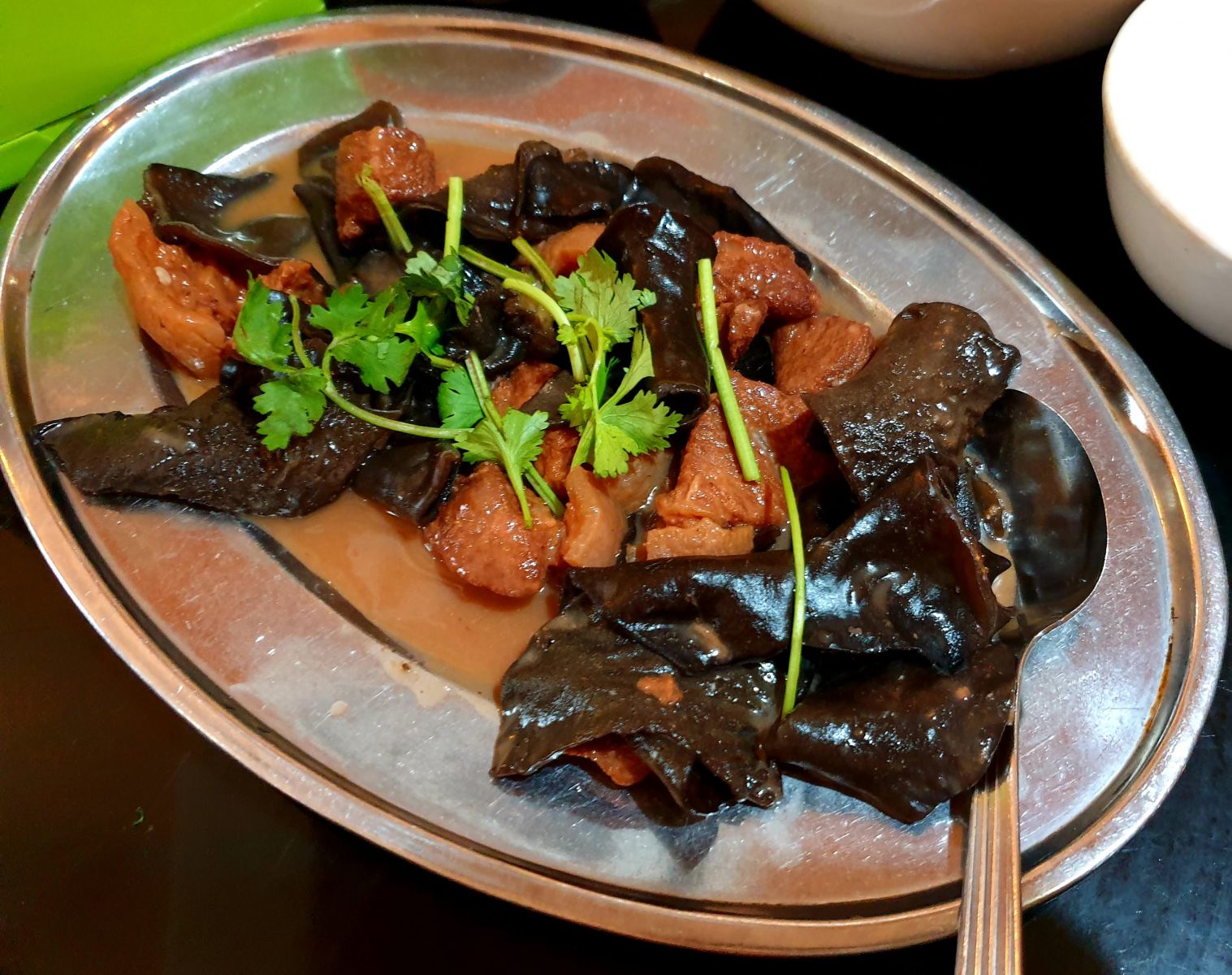 |
||
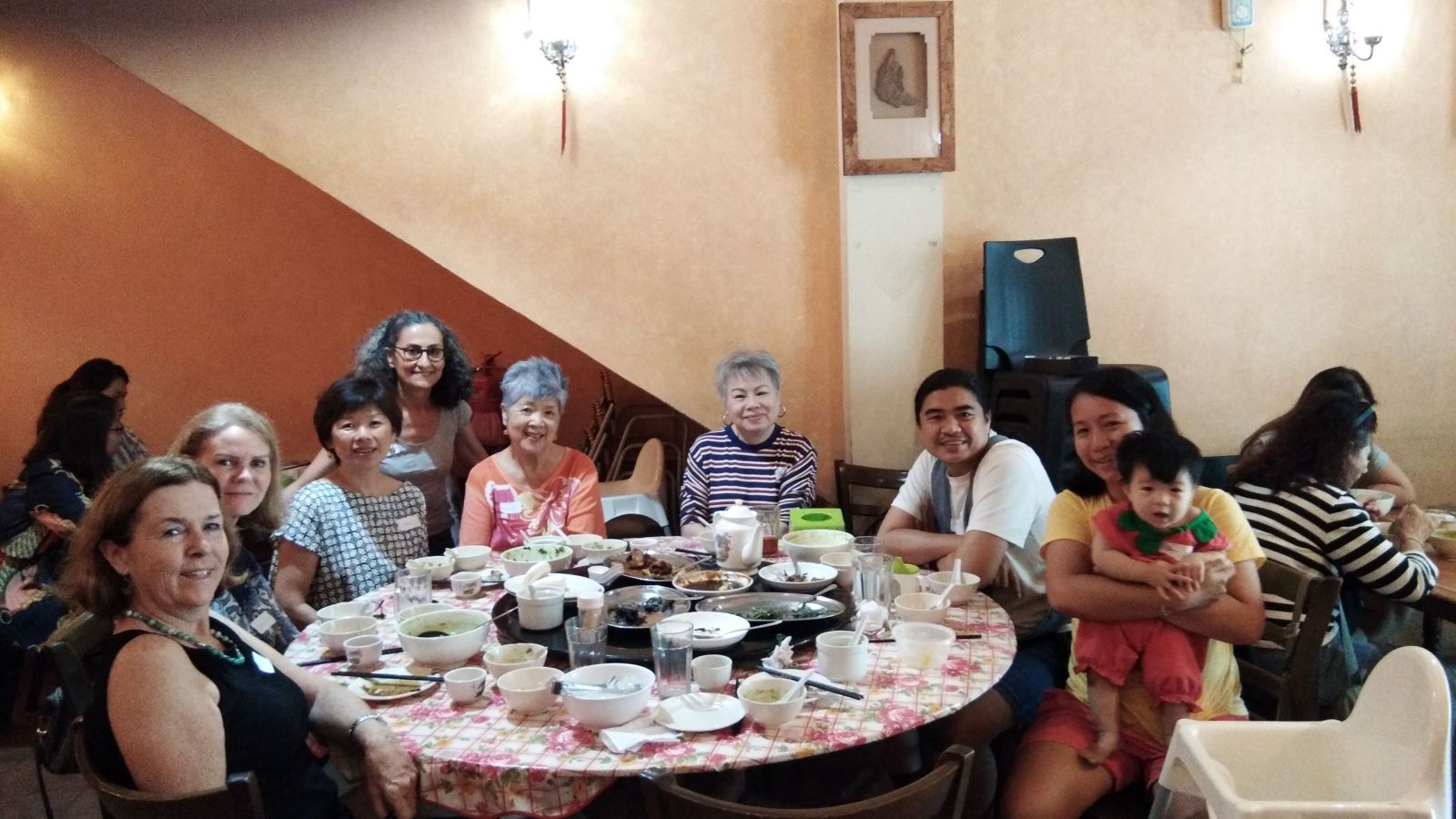 |
|||
|
***There is a big Hakka community in Malaysia notably in Penang and Ipoh where you can visit the Hakka Miners' Club (Han Chin Pet Soo). The Hakka early immigrants came from the various provinces of South-eastern China. In the 18th and 19th centuries they came and settled as gold-miners, tin-miners, and cash crop farmers. Some of them also owned Chinese medicine and tailor shops.
Famous Hakka leaders: Dr Sun Yet Tse, the Father of Modern China, Yap Ah Loy, well known for his contribution to the development of Kuala Lumpur, tycoons Cheong Fatt Tze (The Blue Mansion) and Chung Keng Kwee (Kapitan Cina of Perak), Tan Sri Wong Pow Nee (Penang’s first Chief Minister) and Lee Kuan Yew (first Singapore Prime Minister), who had played a significant role in this region.
-------
|
|||




